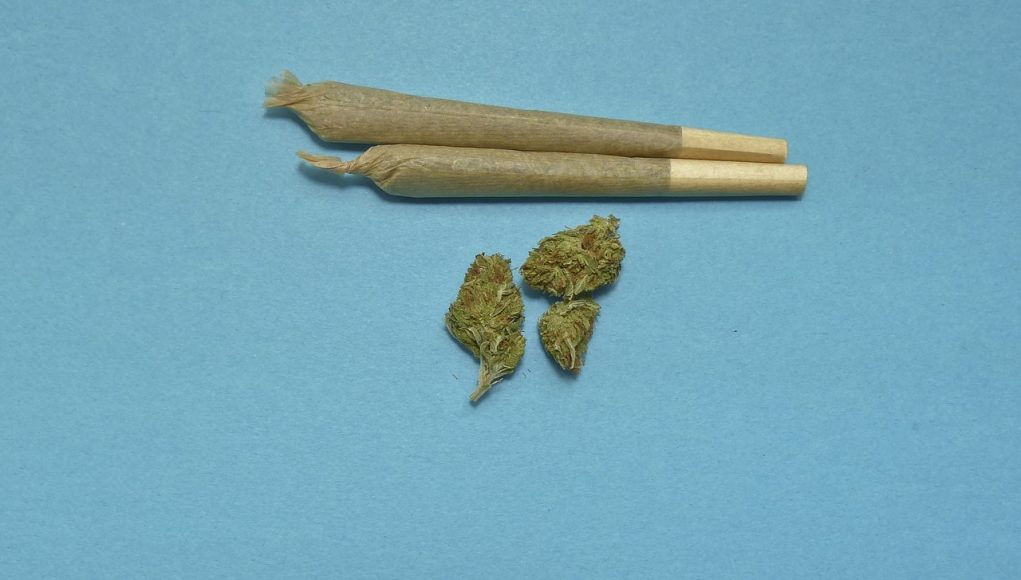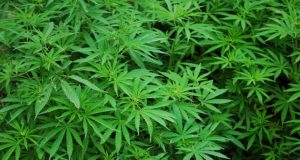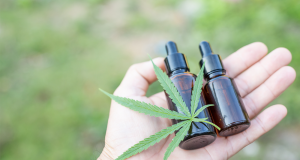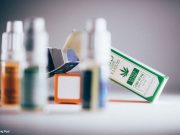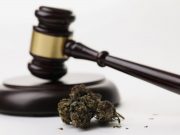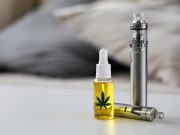Published in the Addictive Behavior journal, the study was conducted by researchers at the University of California in San Diego, and analyzed cannabis use behaviour within a group of 563 young adults, all aged between 18 and 24. All the participants lived in California in the years just prior to cannabis legalization, and their use patterns were monitored quarterly for a span of 3 years.
The researchers admitted that they were expecting to obtain different results. “Contrary to our expectations, frequency of marijuana use did not change significantly after legalization and was stable throughout three years of observation.” Meanwhile, other recent studies have indicated that regulating the products is also beneficial in ensuring that users have access to safe and regulated products.
A 2020 study published in JAMA Network Open, had indicated that the occurrence of EVALI was less common in US States where marijuana products are legal. “Our results are suggestive that those in recreational marijuana states may be less likely to purchase illegal marijuana products on the black market,” said Dr. Alex Hollingsworth, assistant professor in the O’Neill School of Public and Environmental Affairs at Indiana University and co-author of the JAMA Network Open study.
Less EVALI cases within legal marijuana markets
Similarly, other data published in the journal Addiction reported a negative relationship between the occurrence of EVALI and the availability of legal marijuana markets. “A negative relationship between EVALI prevalence and rates of pre-outbreak vaping and marijuana use suggests that well-established markets may have crowded-out use of riskier, informally sourced e-liquids.”
“Indeed, the five earliest states to legalize recreational marijuana — Alaska, California, Colorado, Oregon and Washington — all had less than one EVALI case per 100,000 residents aged 12 to 64. None of the highest EVALI-prevalence states — Utah, North Dakota, Minnesota, Delaware and Indiana — allowed recreational marijuana use.”


